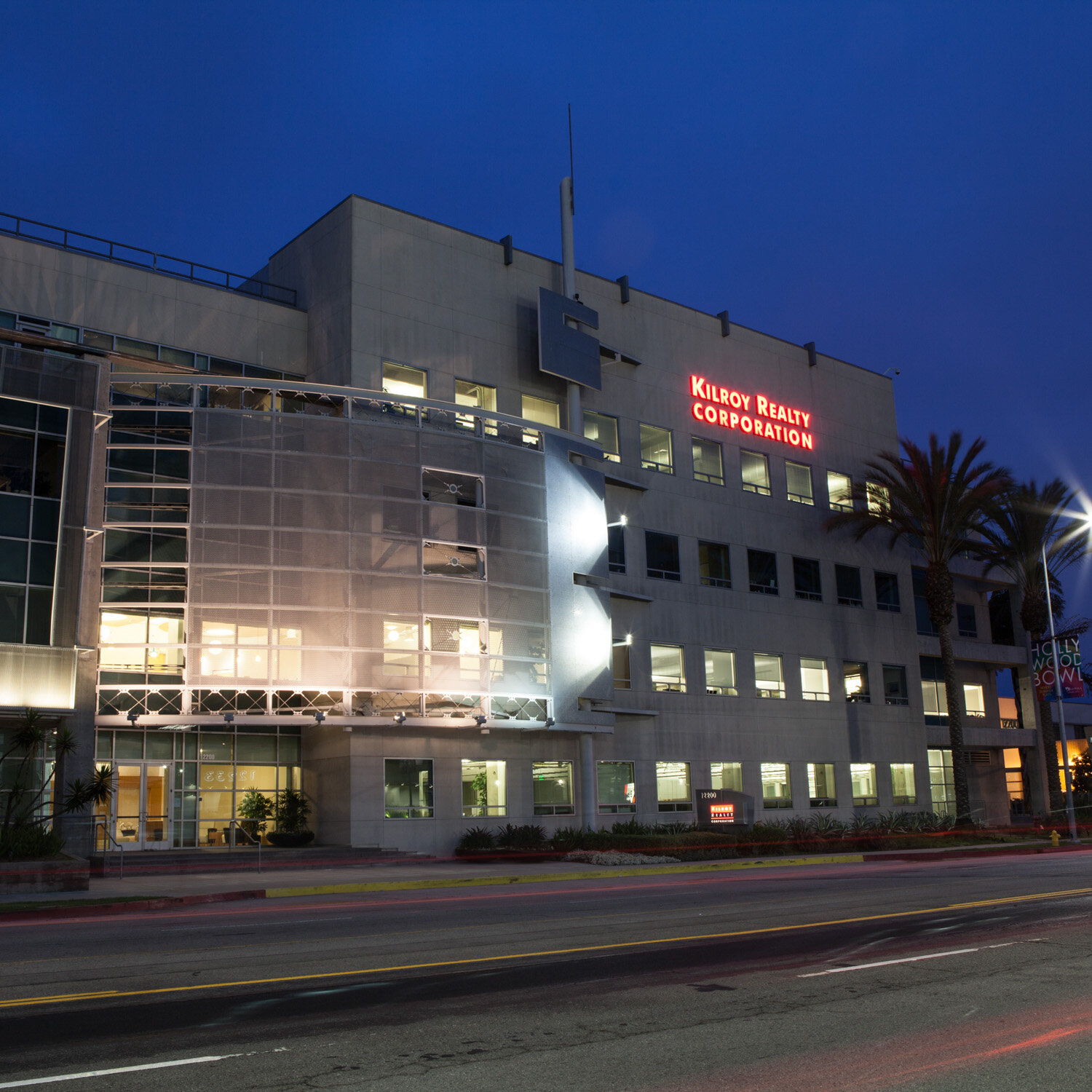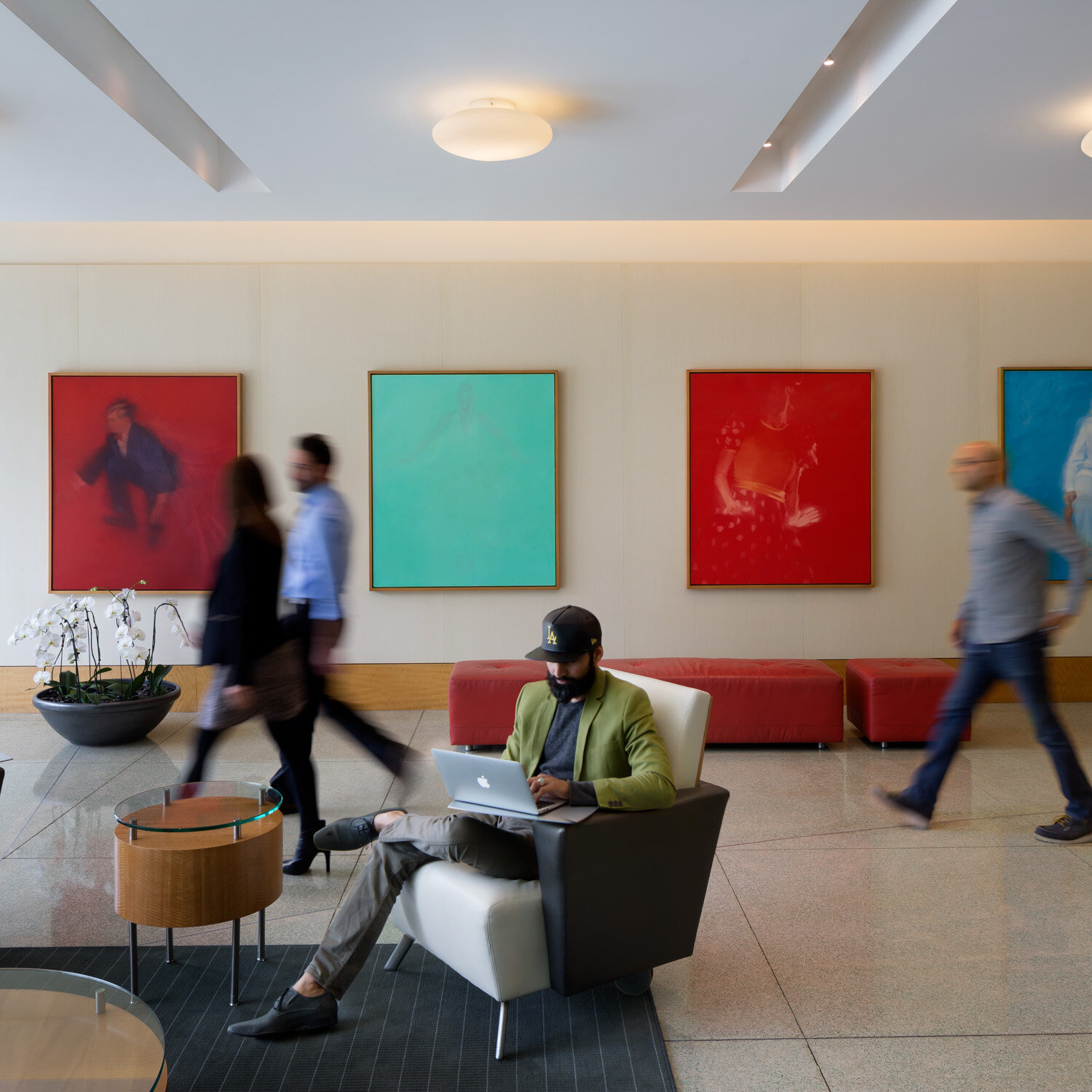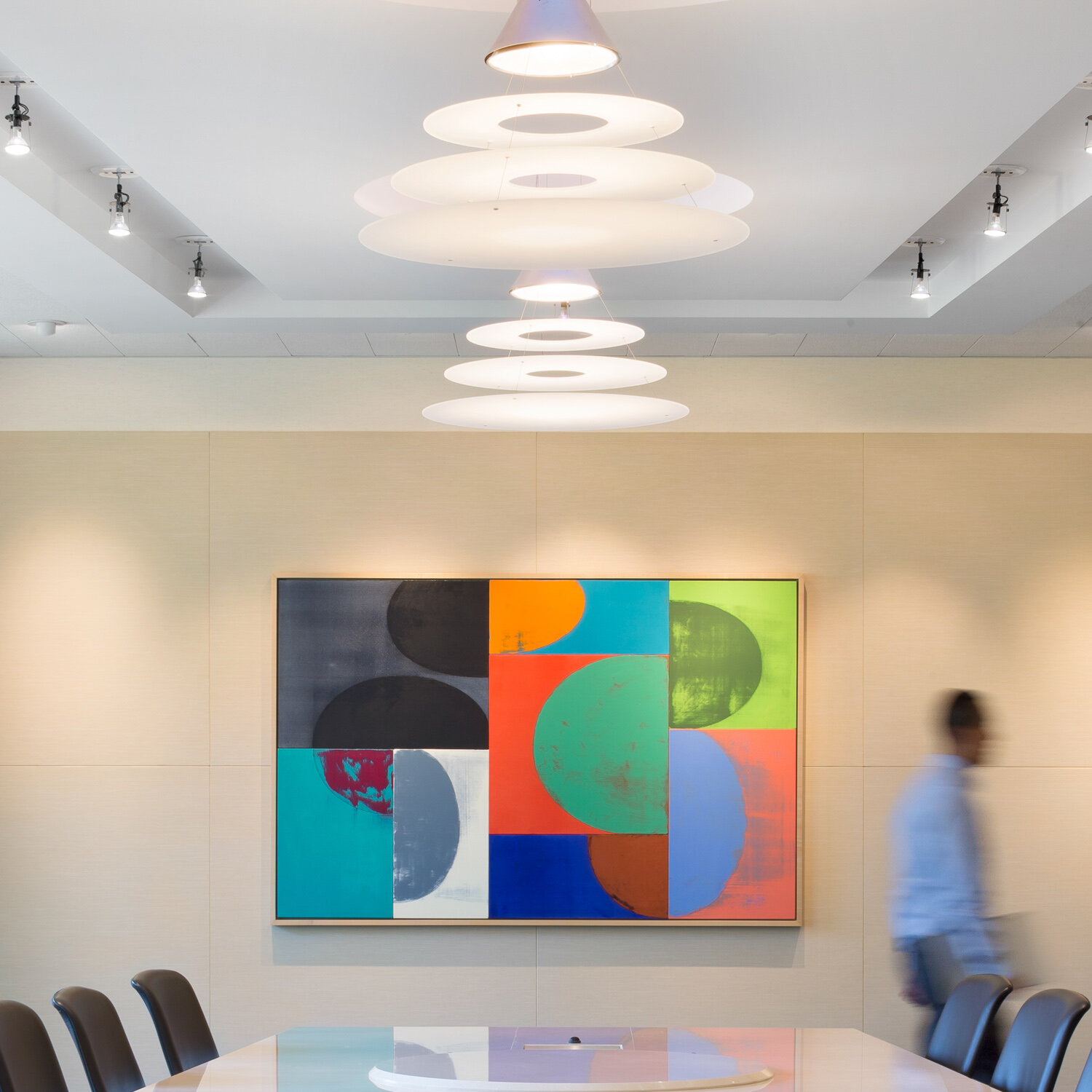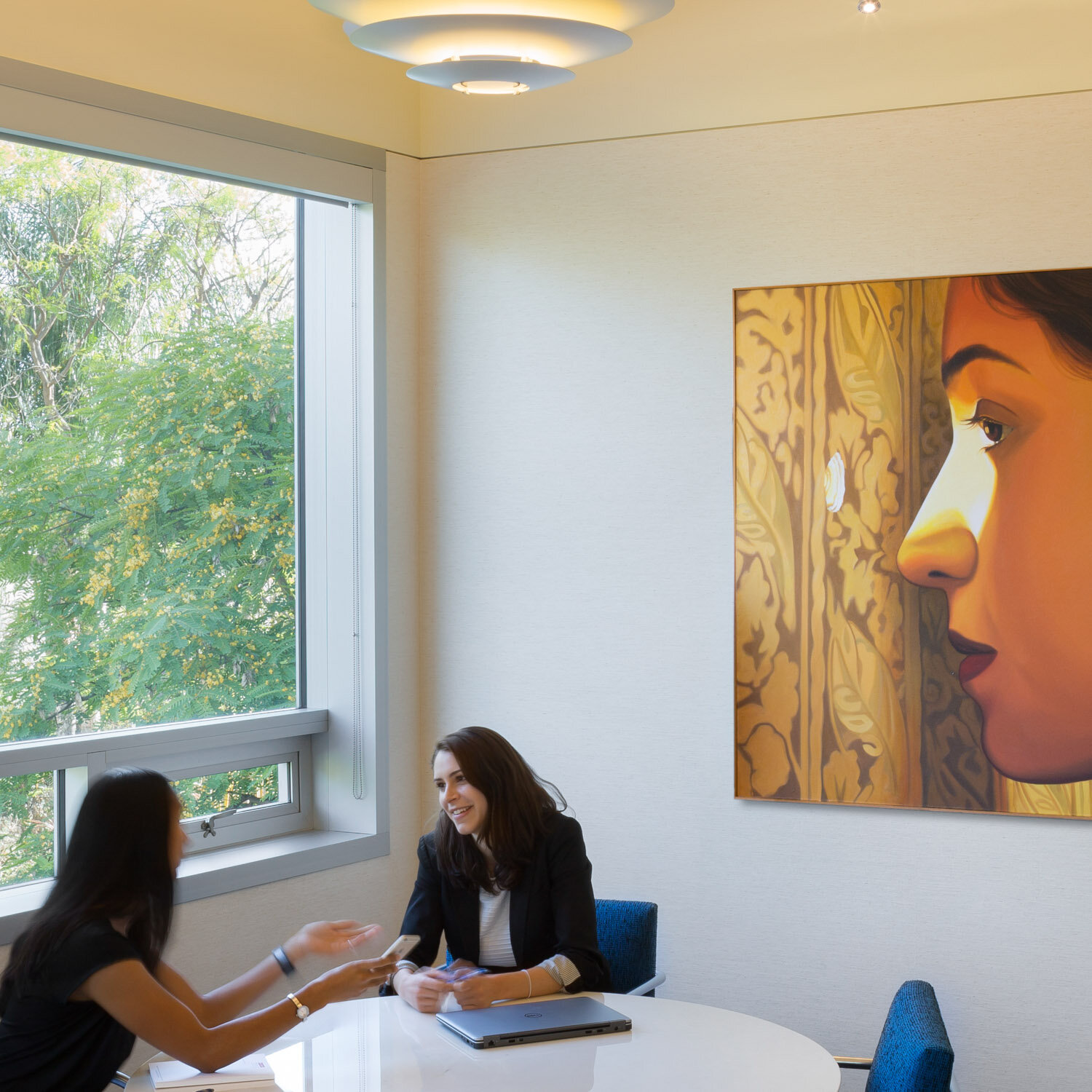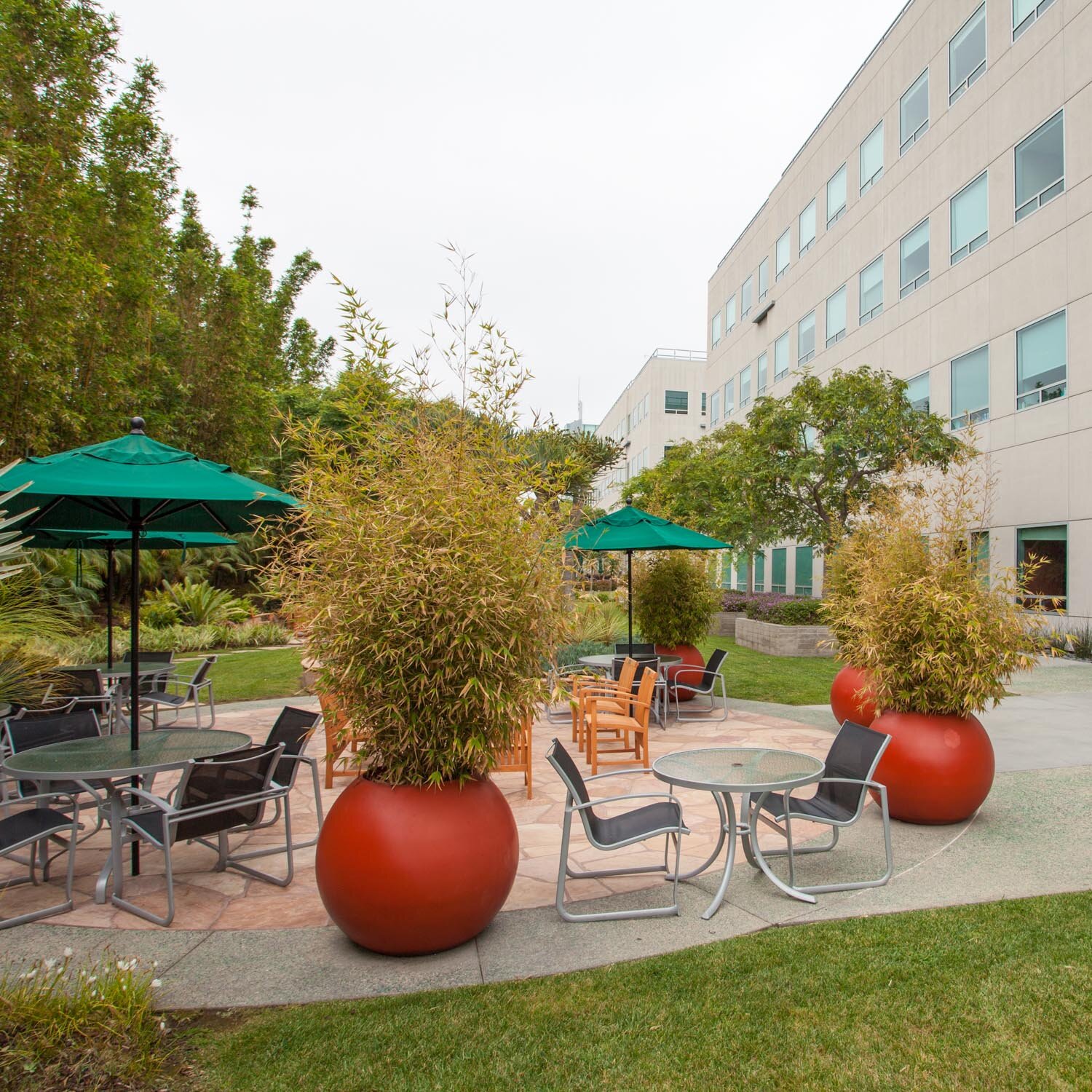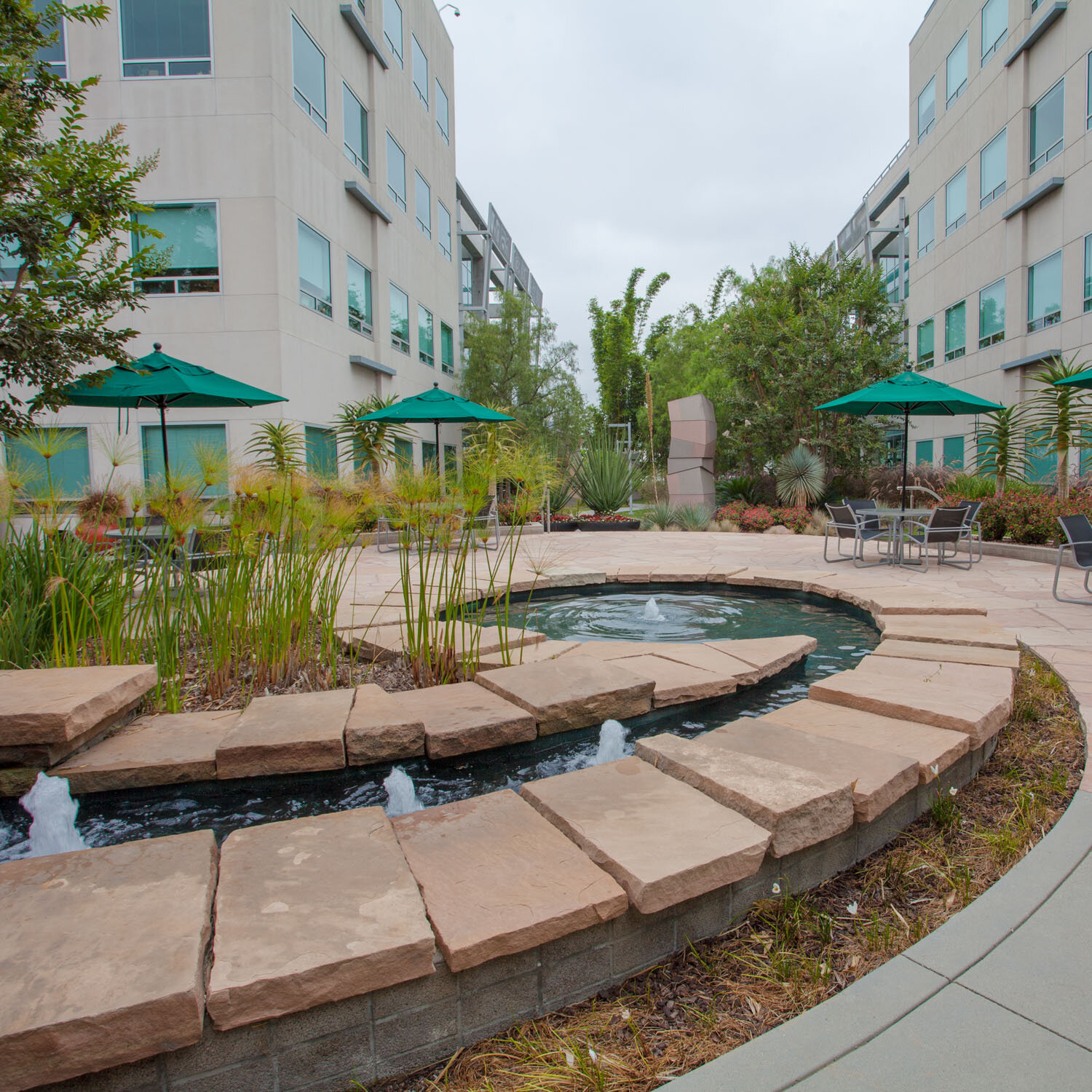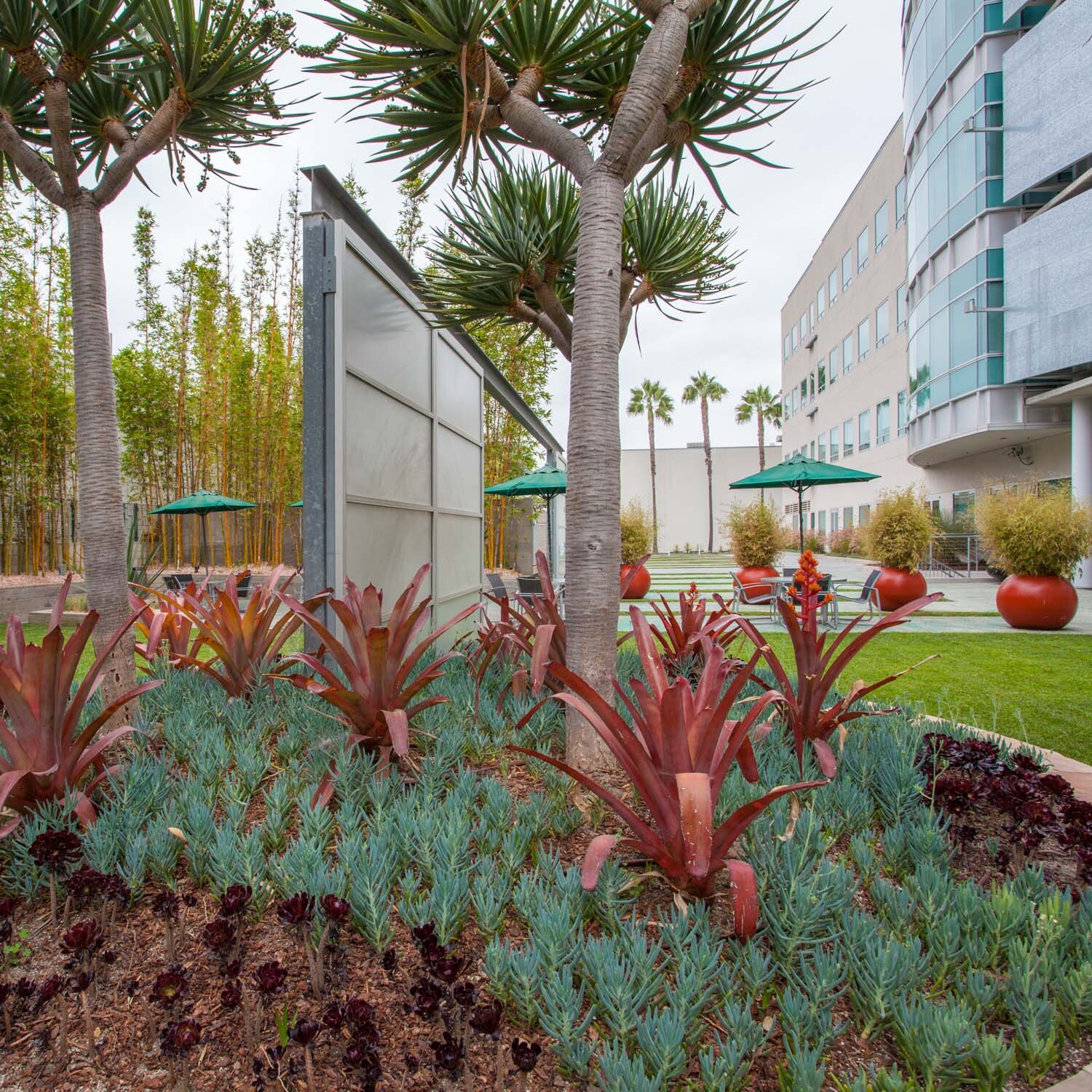Westside Media Center’s Continuous Improvements Lead to Additional 44% Energy Consumption Reduction in an ENERGY STAR and LEED Certified Property
0.8%
Energy Reduction in 2019
44%
Energy Reduction Since 2014
2020 Innovation Awards: Energy Efficiency Project of the Year Winner
“A building that is ENERGY STAR certified and LEED certified can — and should — continue to undertake efficiency projects. Westside Media Center has achieved an additional 44 percent in energy consumption reduction through its highly trained staff, funding for energy reduction measures, and regular energy audits to identify savings opportunities.”
SARA NEFF
Senior Vice President, Sustainability, Kilroy Realty
CHALLENGE
Kilroy Realty Corporation (Kilroy) is a leader in commercial real estate sustainability. Their dedication is evident by their portfolio-wide goals, aligned with Science-Based Targets, to achieve carbon-neutral operations by the end of 2020, and a 36 percent reduction in Scope 3 emissions by 2030 with an overall total emissions reduction of 72 percent by 2050.
Westside Media Center (Westside), Kilroy’s corporate headquarters, faced the challenge of reducing energy and water use in an already efficient building (ENERGY STAR and LEED Certified), and how to fund these efforts. It wasn’t until Howard Teller, current chief engineer, joined in 2014, that additional projects seemed possible. Once projects were identified through energy audits, the team encountered tenant opposition on some measures from a perceived loss of comfort. But Howard’s commitment to efficiency led the way to success.
STRATEGY
Kilroy’s strategy requires that 25 percent of the overall emissions reductions come from energy efficiency projects throughout the portfolio, an additional 10 percent come from onsite renewables, and the rest through offsite renewables. Therefore, energy efficiency is a key driver in their ability to achieve their goals. The team understood that different funding sources would be needed to execute the breadth of anticipated projects. For example, large projects with a three-year payback or less would be paid for out of the sustainability budget, larger equipment replacements and expenditures would be paid for out of the capital budget, and smaller projects would be paid for out of the expense budget. The same level of success wouldn’t have been possible without access to all three budgets and help from the Los Angeles Department of Water and Power (LADWP) incentives.
Kilroy focused on a controls upgrade, minor lighting retrofits, and a major duct sealing project. The duct sealing project involved sending a small robot through the ducts spraying a sealant that covered air leaks. Another measure was addressing simultaneous heating and cooling waste by removing tenant-controlled thermostats and banning personal heaters, which came with tenant disapproval. The critical factor in overcoming initial tenant opposition was property management’s support of the engineering team’s recommendations. All teams collaborated seamlessly and were prepared to manage tenant complaints. The change in the heating and cooling strategy was the primary reason the property was able to reduce energy consumption.
It took courage and innovation to support Howard’s vision, even as it caused short-term operational challenges. That kind of support for energy efficiency, as well as the collaboration across business units, makes the entire Westside team innovative in structure and process. This was coupled with Kilroy’s green lease language, which facilitated its ability to recover all capital expenditures over a payback period. That lease structure also enabled the creation of the sustainability budget and deep interest in doing energy projects.
IMPACT
In a single year, between early 2019 and early 2020, Westside has reduced its energy consumption by over 10 percent, over 1.6 million kBtus or $96,380 dollars. The lighting, controls, and duct sealing measures specifically, saved an estimated $42,000. This is very significant savings in a single year for a property that was already run well. Undoubtedly, the team is constantly looking for opportunities to reduce energy consumption.
The team has taken on energy projects such as lighting retrofits, ceramic duct coating, and duct sealing every year, resulting in an overall 44 percent drop in energy consumption since 2014. Howard’s dedication to energy efficiency is what has made these projects successful. He knew that they could create a more comfortable campus that was dramatically more energy efficient if he made short term tenant comfort sacrifices.
After initial discomfort with the initiatives, the tenants also joined in on energy reductions and now collaborate with the sustainability team on new projects, most notably the newest tenant, Riot Games.

